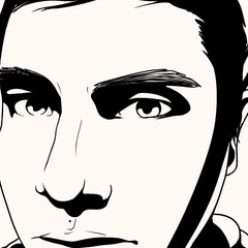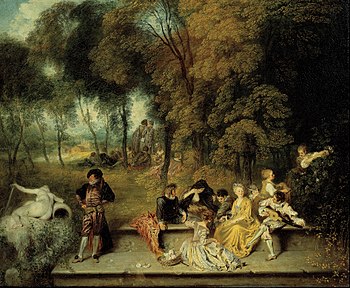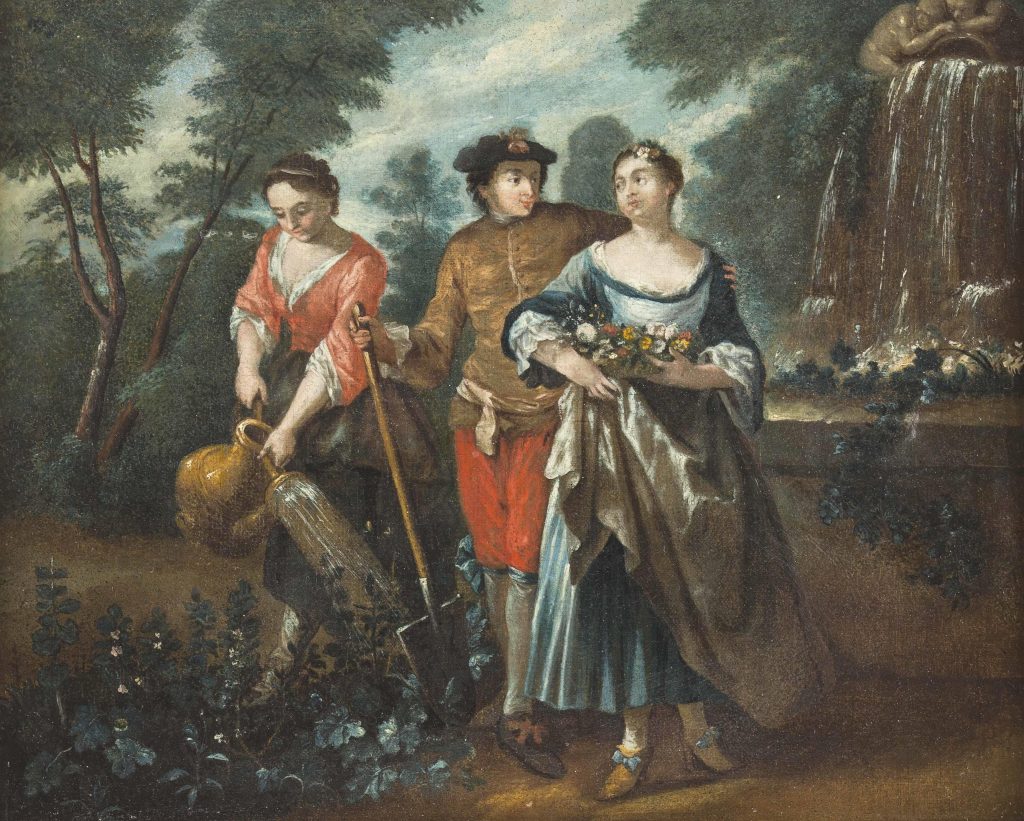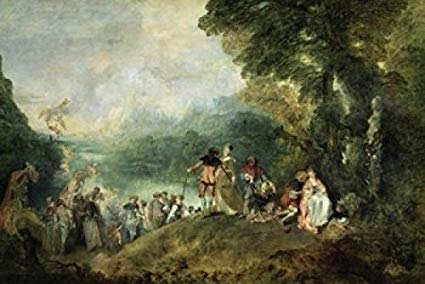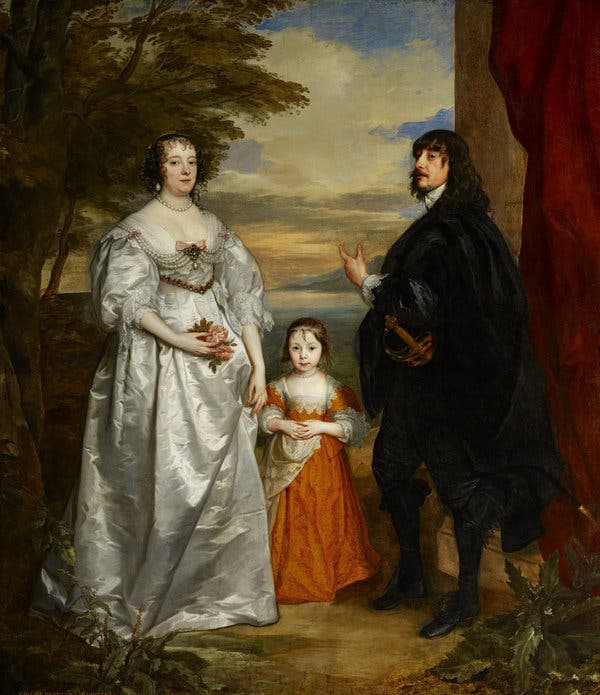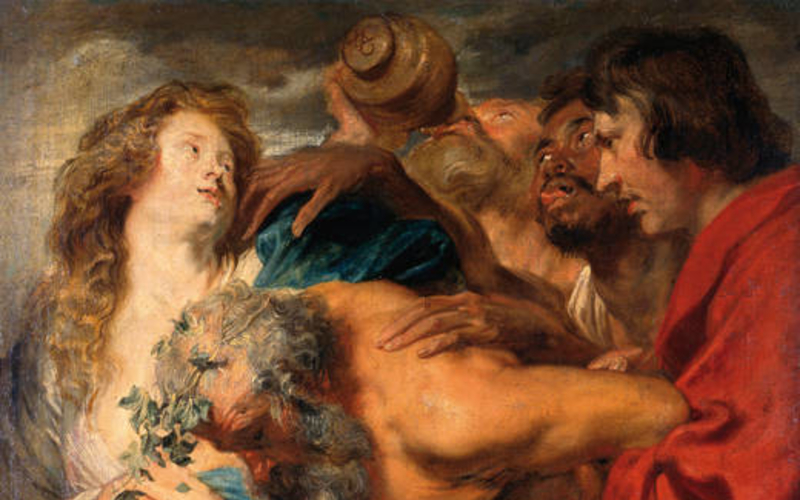John Constable, who lived between 1776 and 1837, was a painter who primarily painted environments. Much like Gainsborough, who came before him, Constable never bothered himself with the traditions that previous master’s helped establish. He preferred to paint what he saw and not to stay too close to what makes a painting “picturesque.”
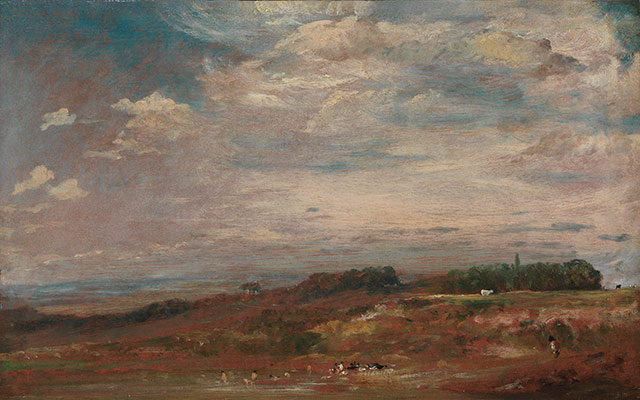
This is not to say that he was out to shock people by painting controversial subjects, he just never followed the so-called Blueprints that many others followed. For example, this piece done by Constable doesn’t have anything in the foreground to contrast the otherwise flat landscape. While it was unusual to some, especially during the time he was active, personally I think it works quite well. While I do think the image is very simple, the sheer amount of detail within the sky does it justice. I find it easy to digest as opposed to other overly detailed pieces I’ve seen, which I find remarkable.
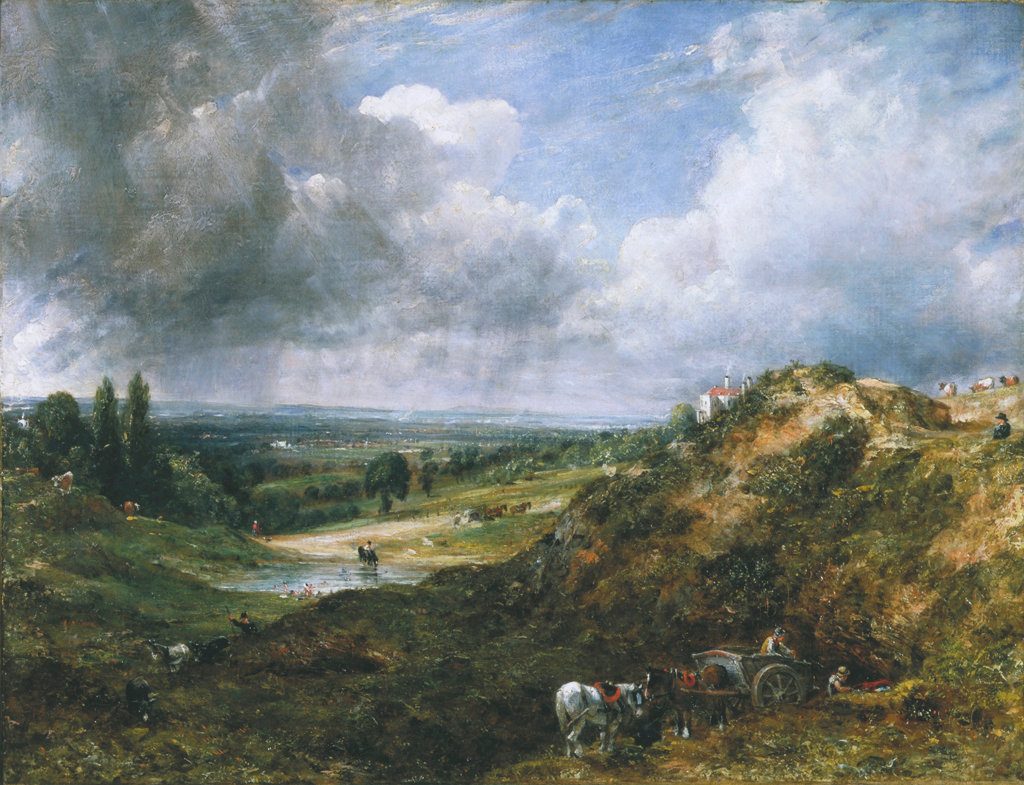

Constable, John; Dedham Lock; The Leaping Horse; https://www.royalacademy.org.uk/art-artists/work-of-art/O1695 Credit line: (c) Royal Academy of Arts / Photographer credit: Prudence Cuming Associates Limited 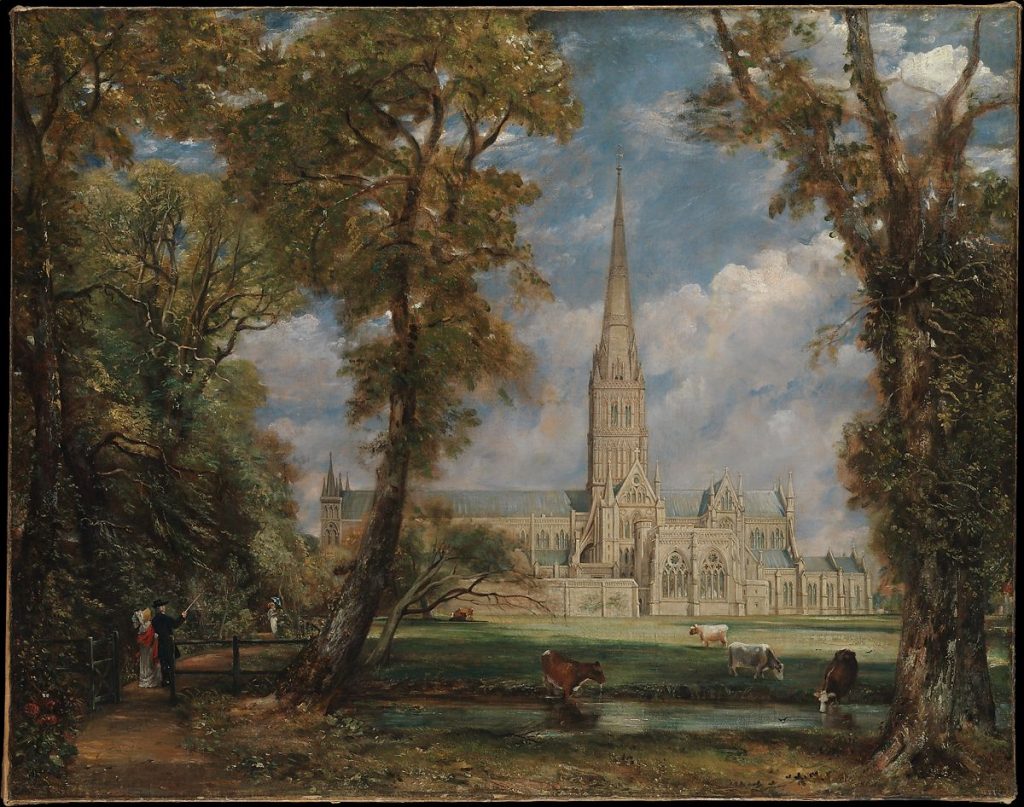
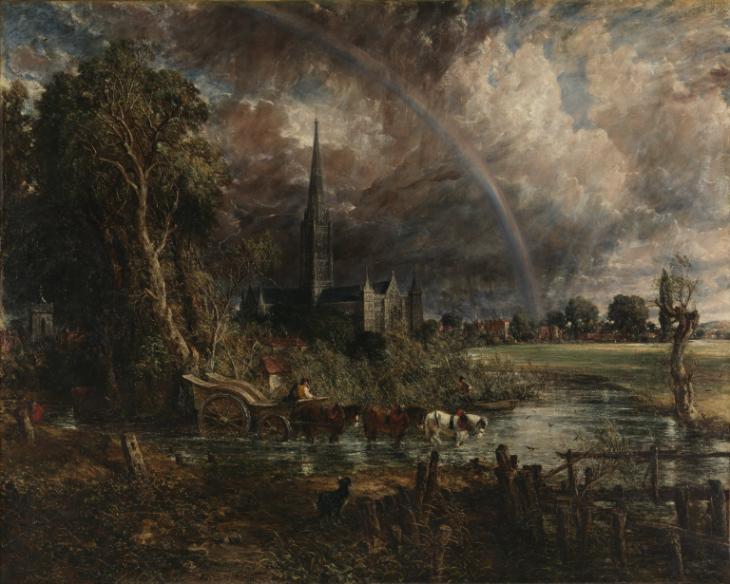
Salisbury Cathedral from the Meadows 1831 John Constable 1776-1837 Purchased by Tate with assistance from the National Lottery through the Heritage Lottery Fund, The Manton Foundation and the Art Fund (with a contribution from the Wolfson Foundation) and Tate Members in partnership with Amgueddfa Cymru-National Museum Wales, Colchester and Ipswich Museum Service, National Galleries of Scotland; and Salisbury and South Wiltshire Museum 2013 http://www.tate.org.uk/art/work/T13896
